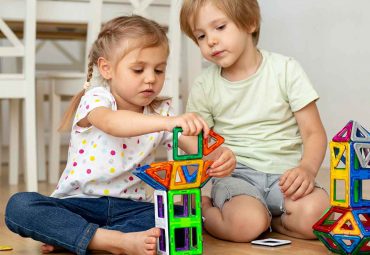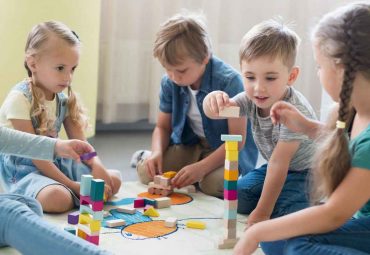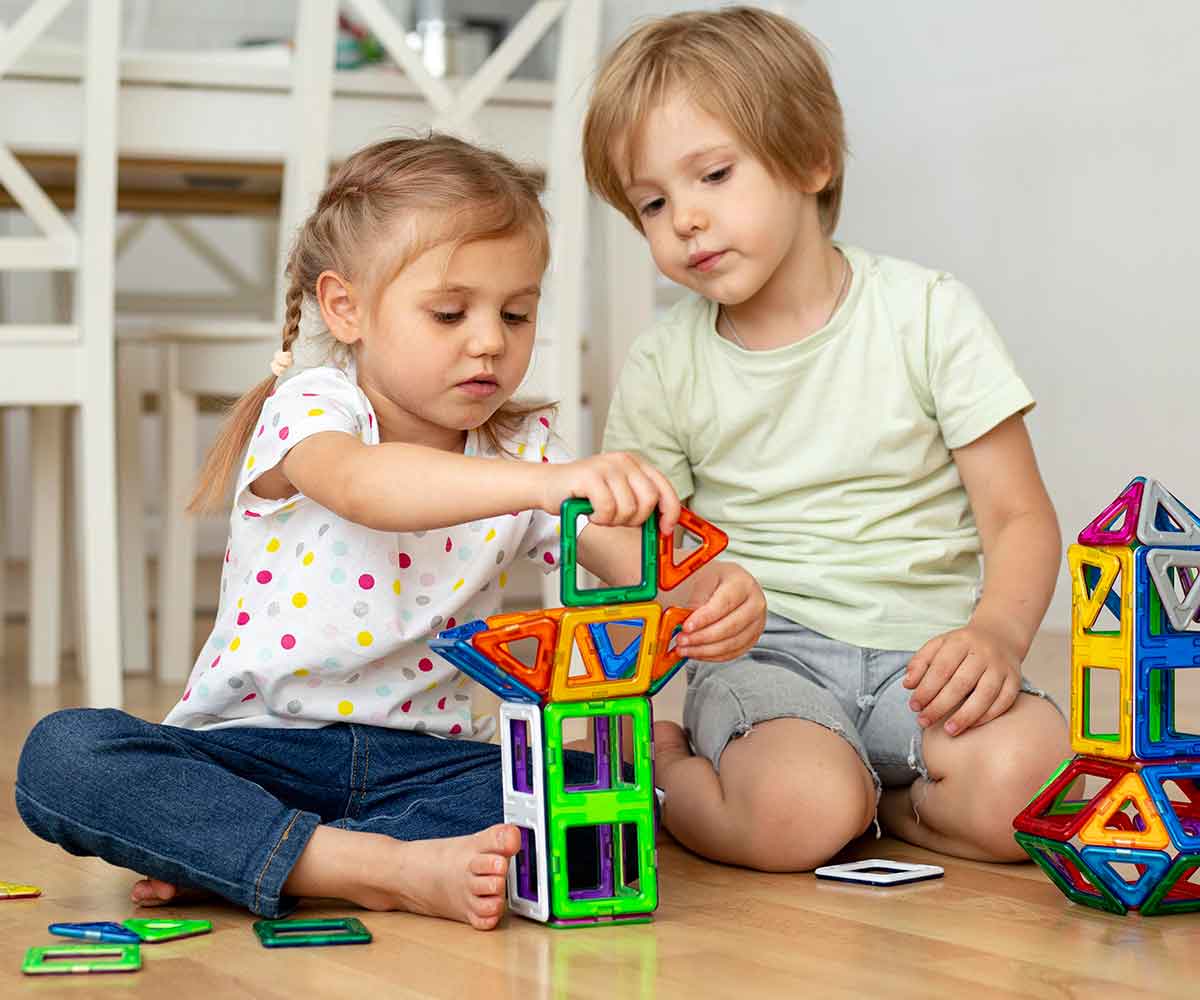Physical Therapy
Our Physical Therapy (PT) staff assess the function of neurological, musculoskeletal, pulmonary and cardiovascular systems within a developmental framework. Therapy is provided within an age-appropriate setting and is concerned with the acquisition or restoration of function. Some of the interventions include: gait training, developmental gross motor training, strength training, and NDT techniques. Common diagnoses treated include cerebral palsy, genetic disorders, neurological disorders, autism, torticollis, and orthopedic disorders. Our PTs frequently take continuing education courses to ensure they remain up to date on the best practice of therapeutic techniques.
- Delays in development, such as a child who should be walking
- Not hitting the milestones for their age
- Genetic disorders, such as Down syndrome
- Muscle weakness or imbalances


“Isn’t physical therapy just for athletes and adults in recovery?”
Nope! Sometimes, children and even babies need physical therapy, too. You might not give a second thought to walking up the stairs or picking up a drink. But for a child with an injury or delay in development, those simple tasks can be a real challenge.
That’s where a pediatric physical therapist can help.
If your child needs physical therapy, they’ll work with a pediatric physical therapist (PT). Typically, pediatric PTs treat kids under 18, from newborns to teenagers. They see children for a variety of different reasons, including bone/muscle issues, sports-related injuries, or genetic, brain, spine, or nerve disorders.
Pediatric PTs help kids improve their range of motion, strength, flexibility, and movement patterns. The goal? Help children move their bodies how and when they want to the best of their abilities. Pediatric PTs help make everyday activities easier for kids.
For the most part, pediatric physical therapy sessions should look and feel like play. PTs engage kids with fun, age-appropriate games and activities to keep them motivated and happy. (Kids should have fun, but physical therapy can be hard work!)
PTs help improve gross motor skills (tasks that involve large muscle groups, like walking and throwing) by encouraging kids to do things like:
- Play on large exercise balls to build strength
- Run/hop around to improve their coordination
- Play on large exercise balls to build strength
- Stand on one foot
PTs can help kids with many issues, including:
- Recovery from sports- and non-sports-related injuries
- Delays in development, such as a child who should be walking
- Not hitting the milestones for their age
- Genetic disorders, such as Down syndrome
- Muscle weakness or imbalances
- Poor coordination and/or motor planning – which is the ability to think of and carry out a motor act, such as writing with a pencil
- Nerve/muscle conditions, such as cerebral palsy
During an initial visit, a PT will check your child’s strength, development, and see how easily they can stand, walk, and complete tasks appropriate for their age to see if there is a delay. If there is a delay, they also determine the degree and potential cause of the delay. From there, a PT will work with you and your child to figure out a treatment plan.
If you have concerns about your child’s development and think they could benefit from physical therapy, make sure to talk to your healthcare professional.

